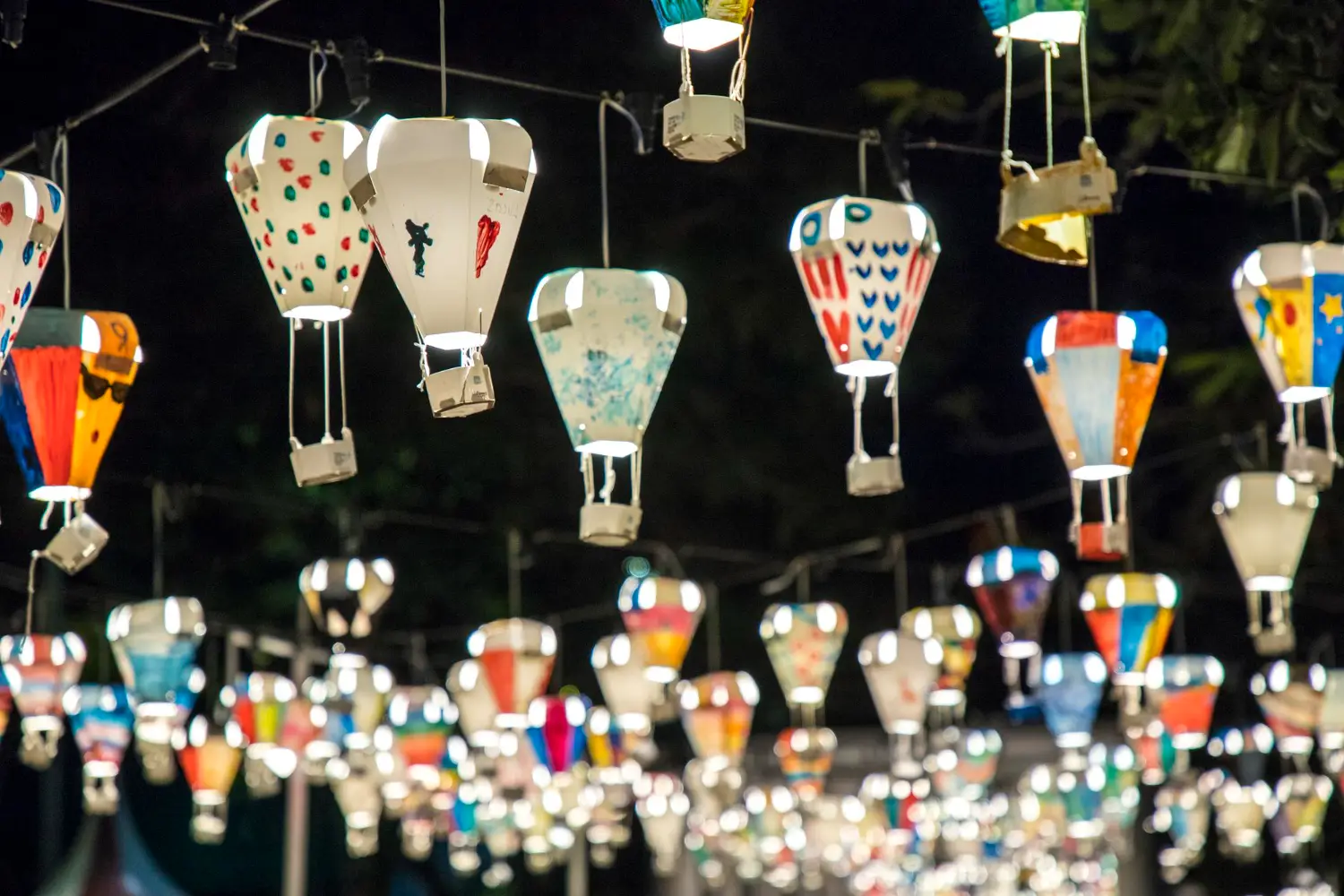
Long before Berlin’s streets filled with glowing paper lanterns, the story of St. Martin began with a cloak — and a choice.
The legend dates back to the 4th century, when Martin of Tours, a Roman soldier, met a freezing beggar on a winter’s night. Moved by compassion, he drew his sword, cut his military cloak in half, and offered it to the man.
That act of kindness — quiet, practical, human — became one of Christianity’s most enduring symbols of empathy.
Centuries later, Europe turned that story into a celebration. What started as a Catholic feast on November 11th, marking Martin’s burial, evolved into a day about light, warmth, and giving. In medieval times, the day also signaled the end of harvest and the start of Advent fasting, when farmers would feast on their last goose of the season. If you plan to apply for German citizenship, you have to experience this holiday as a local asap.
But in Berlin today, Martinstag isn’t a religious formality — it’s an inclusive, neighborhood affair. What was once a bishop’s feast has evolved into a community festival of lanterns, songs, and shared food.
For expats, it’s an unexpectedly moving introduction to German life: less about ritual, more about belonging.
The first thing you notice isn’t the music. It’s the light.
By early evening, Berlin’s parks and streets shimmer with the glow of handmade lanterns, each one swinging gently from a child’s hand. Parents follow, bundled in scarves, murmuring lyrics to “Ich geh mit meiner Laterne” under their breath.
This is the Laternelaufen — the lantern walk — and it’s the soul of St. Martin’s Day. Kids march through their Kiez, led by a local “St. Martin” on horseback, sometimes followed by a small brass band. In front yards and schoolyards, bonfires crackle while families sip Kinderpunsch and watch the story of Martin and the beggar reenacted in miniature.
It’s simple, heartwarming, and somehow universal: a celebration of light shared in darkness.
Pro Expat Tip: Don’t just watch — walk. Join any public lantern procession near your area. Germans respect participation more than perfection, even if you can’t carry a tune.
If you’re new to Berlin, here’s how to make yourself part of the Martinstag spirit without feeling like an outsider.
Pro Expat Tip: If your German is shaky, print the lyrics and phonetics. People will love your effort — and might hand you a Weckmann pastry as a reward.
Berlin doesn’t do one big parade; it does dozens of small, heartfelt ones scattered across the city.
The date is officially November 11th, 2025, but events can also happen the preceding weekend. Here’s a quick look at some key venues.
No German holiday survives without food — and Martinstag is no exception.
Traditionally, families gather for the Martinsgans — a roasted goose served with red cabbage and dumplings, symbolic of the feast before Advent fasting.
Why the goose? Legend says Martin tried to hide from being made bishop, but the geese gave him away with their honking. The joke became culinary history.
And for dessert, find a bakery selling Weckmänner — sweet bread men with raisin eyes and tiny clay pipes. They’re soft, golden, and symbolic of community reward.
Maybe you’ve never sung a German children’s song before. Maybe you feel like a stranger in the crowd. But halfway through the lantern walk, when the night hums with laughter and the glow of paper light spills across cobblestones, something shifts.
Berlin can be distant — but on this night, it’s intimate. It’s people holding warmth together against the dark. But always keep in mind that it’s still a strict city, with lots of unwritten rules and codes to follow and respect.
That’s the secret of St. Martin’s Day: generosity isn’t grand. It’s shared light, a loaf of sweet bread, a stranger smiling at your effort to sing.
Keep checking out Expat Magazine for more intel on how expats survive homesickness and other qualms while living in Berlin.
Whether you're moving or settling in Germany, A4ord.de ensures trusted experts are just a click away.